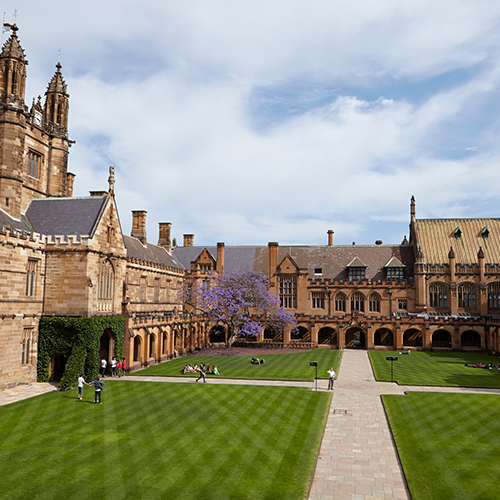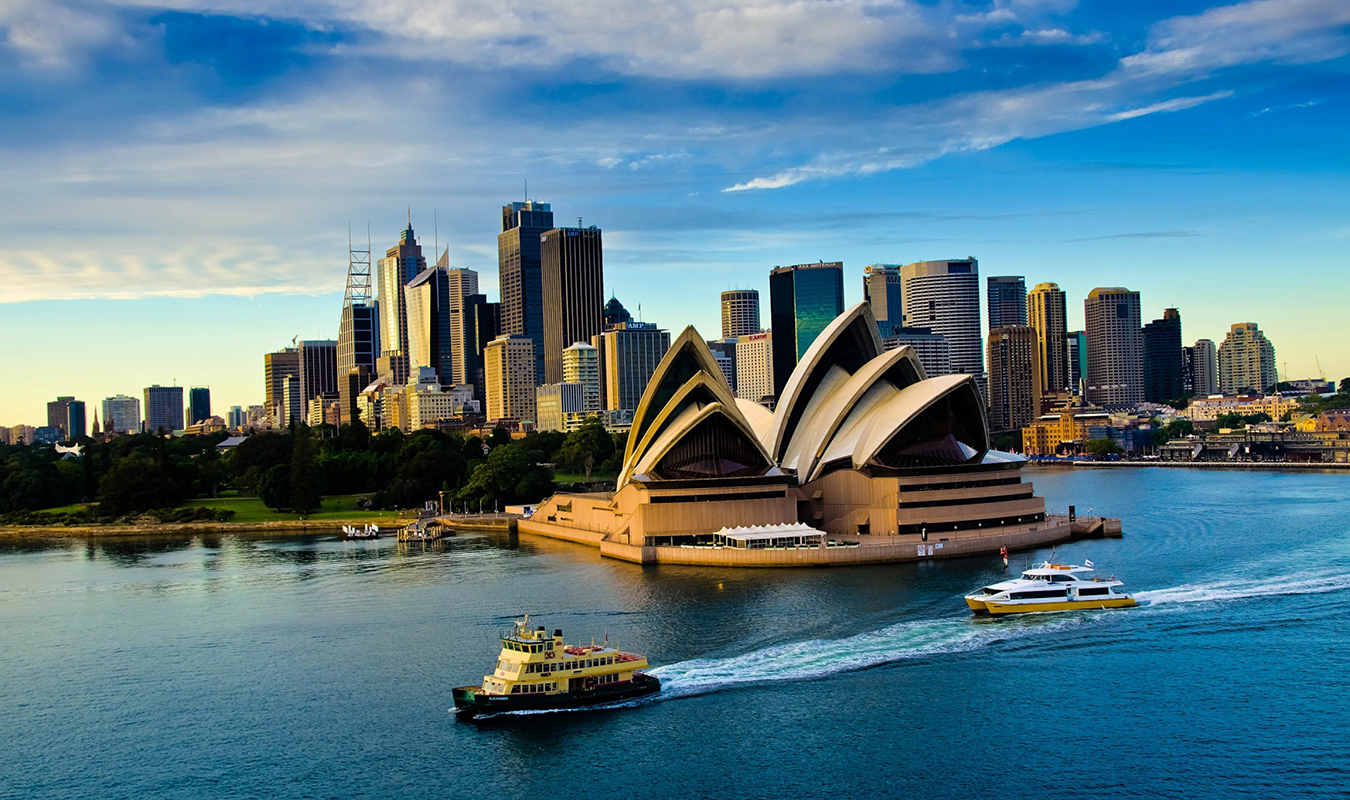
You will find this section a useful guide to living in Canada throughout your stay. It explains everything from the basics, such as the Canadian climate, Banking system, etc. It also includes tips on how to stay Safe and Secure.

Studying in Canada is not free, but it is affordable. The average cost for a foreign student for one school year (8 months) in an Arts & Science program is approximately C$7100 (US$4765). However, tuition varies from institution to institution. See below for:.
Tuition fees for international students vary from province to province and depend on your faculty of choice. The following table shows the range of tuition fees for each province. Fees are in Canadian dollars – for general arts and science programs.

The economy of Canada is largely service oriented, with 69.8% (Updated as per 2012 census) of the GDP being contributed by the Services sector. Industry contributes 28.5% and agriculture 1.7%. In the year 2010 the GDP was estimated at a whopping $1.6 trillion (2016 update).
Before World War II, the economy was primarily agrarian, but with the growth of mining as an industry, agriculture soon took a backseat. Owing to its large resources of mineral deposits, it is no wonder that Canada’s major exports are petroleum, energy, natural gas, aluminum, timber besides aircraft & industrial machinery and telecommunication equipment. A healthy sign of Canada’s economy is that it exports more than it imports.
12.9 % Canadians live below the poverty line and unemployment rate is a mere 6.8% (January 2017). Today, the Canadian economy closely resembles that of its neighbor, the USA; the Canadian dollar too is gaining strength and ground against the US dollar.
For More Details Please Click On The Following Link:
https://www.cia.gov/library/publications/the-world-factbook/geos/ca.html

Canada is the Second largest country in the world in terms of area after Russia, covering 6.7% of the earth and spanning approximately 9.9 million square km. It is flanked by the Atlantic Ocean on the east coast and the Pacific Ocean on the west. The Arctic Ocean lies to its north. It is the northernmost country in the Western Hemisphere sharing borders with USA to its south. Canada has the largest coastline in the world.
The Capital of Canada is Ottawa.
Canada has 10 provinces and three territories, each with its own capital city:

Canada is a naturally beautiful country, with many mountains, lakes and forests. A land so naturally endowed, has no dearth of places to visit and throughout all the seasons. In the warmer climates there are always activities such as biking, fruit picking, fishing etc. The winter months bring snow, and Canada is known for its beautiful ski slopes and resorts.
A very popular way of seeing the Canadian countryside is the train. Amtrak and VIA Rail Canada are two popular organizations that offer tourists scenic routes through Jasper and Banff, St Lawrence Route, the Rocky Mountains etc.
Many cities are known to have Carnivals at specific times of the year and these attract a large number of tourists. These events give visitors a glimpse of the Canadian way of life.
Other attractions such as the Historic Totem poles, Polar Bear spotting in Manitoba, CN Tower edge walk, Ice Sculpting Contests in winter are also reason for tourists to make time to travel.
Students often get discounts and extras on such trips and so it helps to keep a vigilant look out for good deals.

Ottawa, Ontario
Federal Parliamentary Democracy & Constitutional Monarchy
Prime Minister
Maple Leaf
In July 2011, the population of Canada is estimated to have reached 35.85 million (2015). However, Canadians are spread over a large geographic land mass, giving Canada one of the smallest population density ratios in the world at 3.4 persons/km².
For More Details Please Click On The Following Link:
https://www.cia.gov/library/publications/the-world-factbook/geos/ca.html

Canada is an English speaking nation. Hence, it is important that a student aspiring to study in Canada be proficient in the language. A good way of demonstrating your proficiency is by giving the standard International English Language Testing System (IELTS) or Test of English as a Foreign Language (TOEFL) exams.
Besides these, there are several other exams that a student might have to take. Depending on the school applied to or course of study, it may be recommended or even mandatory to appear for one or more of the following tests:
For Undergraduate Study:
SAT
For Postgraduate Study:
GRE
GMAT

Increase in GIC Administration Fee
With effective from May 1, 2015, the Scotiabank Student GIC Program administration fee for all new GIC Applications will be changed to $200 CAD.
CLICK HERE for more GIC Details.
A valid passport and a valid long term stay permit (student visa) is required to enter and study in Canada. The making of a new passport, if the student does not already have one, can take from several weeks to a couple of months. The visa process too can take from a few days in some cases to up to 2-3 months in others. Therefore it would be wise to factor these in when you start planning the course intake in which you plan to study.
Here is some information with regard to Visa Procedures and Requirements.

International students are required to obtain a Study Permit before going to Canada. The student can apply for Study permit under the Student Partners Program (SPP) of the Association of Canadian Community Colleges and the Canadian Immigration Programs in New Delhi and Chandigarh. To qualify for Study Permit Application under SPP the student should hold an unconditional offer letter from one of the universities / colleges that are included under this scheme. SPP is currently open to Indian nationals only. Allow atleast two months for your Visa to be processed.

To study at a Canadian university, you will need a study permit. You may also need a visitor visa, which will be issued to you at the same time as your study permit. We can assist you to obtain the study permit. It is best to apply early, as processing of a study permit usually takes one or two months. There is a processing charge of $150 Cdn (approximately INR @10000) for one person. If you plan to study in the province of Quebec you must pay another $100 Cdn for a Certificate d’acceptation du Québec. There is no fee for a visa when it is issued with a study permit. Note: You must be sure to arrive in Canada with a valid study permit (and visitor visa, if required).
New Citizenship And Immigration Canada (CIC) regulations for international students
Students may work on the campus of the institution they are studying at, without a work permit, if they are:
Studying full time at a public post secondary institution or a private post secondary institution operating under the same rules as a public one,
They have a valid study permit.
To be able to work off campus,
A student must have a valid ‘Off campus work permit’. Such a permit allows you to work while studying but does not guarantee a job.
The institution at which the student is studying, must have signed an ‘off campus work agreement’ with their provincial government.
For More Details Please Click On The Following Link:
